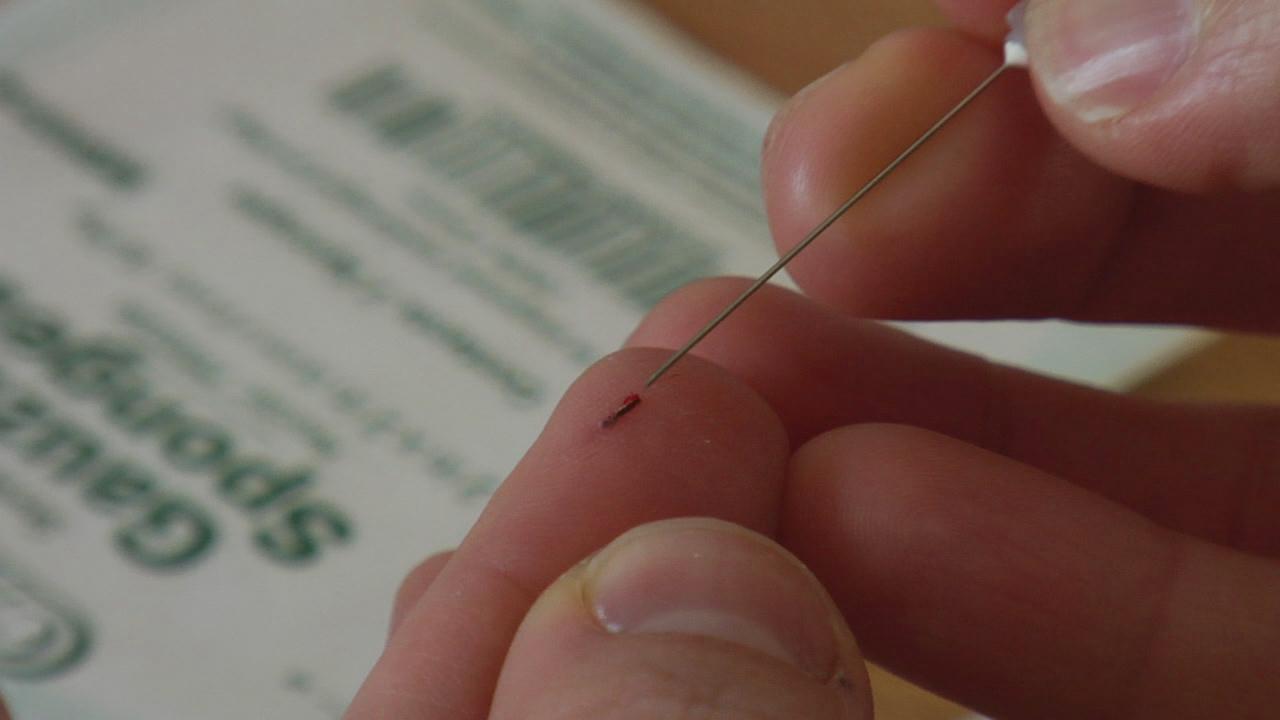How to get an infected splinter out. Effective Techniques for Removing Infected Splinters: A Comprehensive Guide
How can you safely remove an infected splinter at home. What are the best tools and methods for splinter extraction. When should you seek medical help for an infected splinter. What are the signs of splinter infection and how can you prevent complications.
Understanding Splinters and Their Potential Complications
Splinters are small, sharp fragments of wood, glass, metal, or other materials that can penetrate the skin. While often considered a minor nuisance, splinters can lead to more serious issues if not properly addressed, especially when they become infected. Understanding the nature of splinters and their potential complications is crucial for effective removal and prevention of further problems.
Can splinters cause infections? Yes, splinters create small wounds in the skin, providing an entry point for bacteria. If left untreated, these tiny injuries can develop into infections, causing pain, swelling, and redness around the affected area. In some cases, infections can spread to deeper tissues, leading to more severe health issues.

Common Types of Splinters
- Wood splinters (from furniture, decks, or trees)
- Metal splinters (from tools or machinery)
- Glass splinters (from broken glassware or windows)
- Plant thorns or spines
- Fiberglass splinters (from insulation or boat repairs)
Are certain types of splinters more likely to cause infections? While all splinters can potentially lead to infections, organic materials like wood and plant matter tend to harbor more bacteria and increase the risk of infection compared to inert materials like glass or metal.
Identifying an Infected Splinter: Signs and Symptoms
Recognizing the signs of an infected splinter is crucial for timely intervention and proper treatment. Infection occurs when bacteria enter the wound created by the splinter, leading to inflammation and other symptoms. Being aware of these indicators can help you determine whether professional medical attention is necessary.
Key Indicators of Splinter Infection
- Increased redness around the splinter site
- Swelling of the affected area
- Warm or hot sensation when touching the skin near the splinter
- Persistent or increasing pain
- Pus or discharge from the wound
- Red streaks extending from the splinter site
- Fever or chills (in severe cases)
How quickly can a splinter become infected? The time it takes for a splinter to become infected varies depending on factors such as the type of splinter, the depth of penetration, and individual immune responses. Some splinters may show signs of infection within 24 to 48 hours, while others might take several days to develop noticeable symptoms.

Essential Tools and Materials for Splinter Removal
Having the right tools on hand can make the process of removing a splinter much easier and more effective. Whether you’re dealing with a fresh splinter or an infected one, these items will help you tackle the task safely and efficiently.
Recommended Splinter Removal Kit
- Clean, sharp tweezers
- Sterilized needle or safety pin
- Magnifying glass
- Bright light source
- Antiseptic solution (e.g., hydrogen peroxide, rubbing alcohol)
- Soap and warm water
- Adhesive bandages
- Antibiotic ointment
- Splinter removal strips or tape
- Epsom salt (for soaking)
Is it necessary to sterilize tools before attempting splinter removal? Absolutely. Sterilizing your tools is crucial to prevent introducing additional bacteria into the wound. You can sterilize metal tools by boiling them for several minutes or wiping them thoroughly with rubbing alcohol.
Step-by-Step Guide to Removing an Infected Splinter
Removing an infected splinter requires caution and proper technique to minimize further damage and prevent the spread of infection. Follow these steps carefully to safely extract the splinter and begin the healing process.
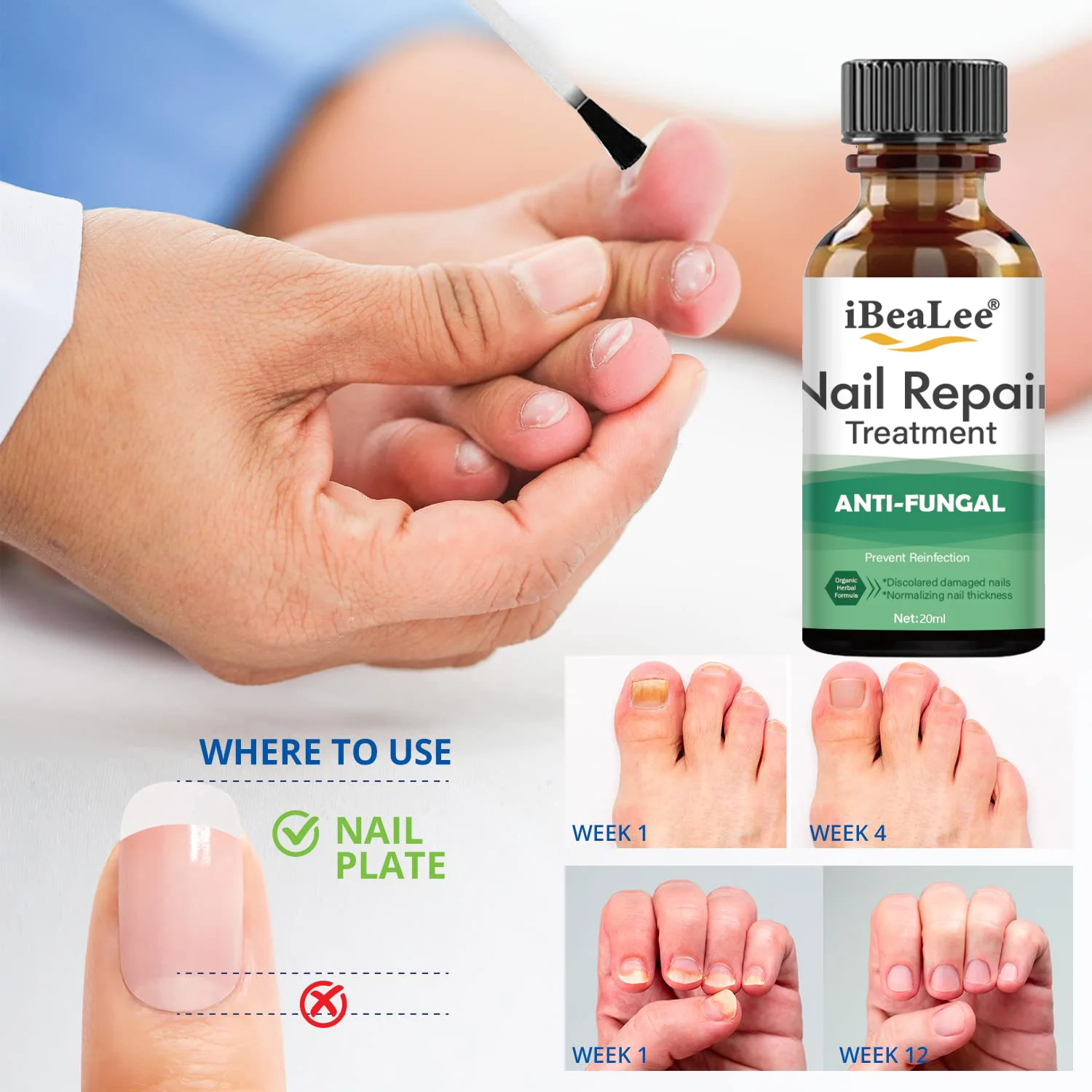
- Wash your hands thoroughly with soap and warm water.
- Clean the affected area gently with soap and water, then pat dry.
- Soak the area in warm water with Epsom salt for 10-15 minutes to soften the skin and draw the splinter closer to the surface.
- Use a magnifying glass and bright light to locate the splinter and determine its angle of entry.
- Sterilize your chosen tool (tweezers or needle) with rubbing alcohol.
- If the splinter is protruding, grasp it firmly with tweezers as close to the skin as possible and pull it out at the same angle it entered.
- For embedded splinters, use a sterilized needle to gently break the skin above the splinter, then use tweezers to remove it.
- After removal, clean the area again with an antiseptic solution.
- Apply antibiotic ointment and cover with a clean adhesive bandage.
- Monitor the area for signs of continued infection or healing.
Should you attempt to remove a deeply embedded infected splinter at home? If a splinter is deeply embedded or shows signs of severe infection, it’s best to seek professional medical help. Attempting to remove a deeply embedded splinter can potentially push it further into the skin or spread the infection.
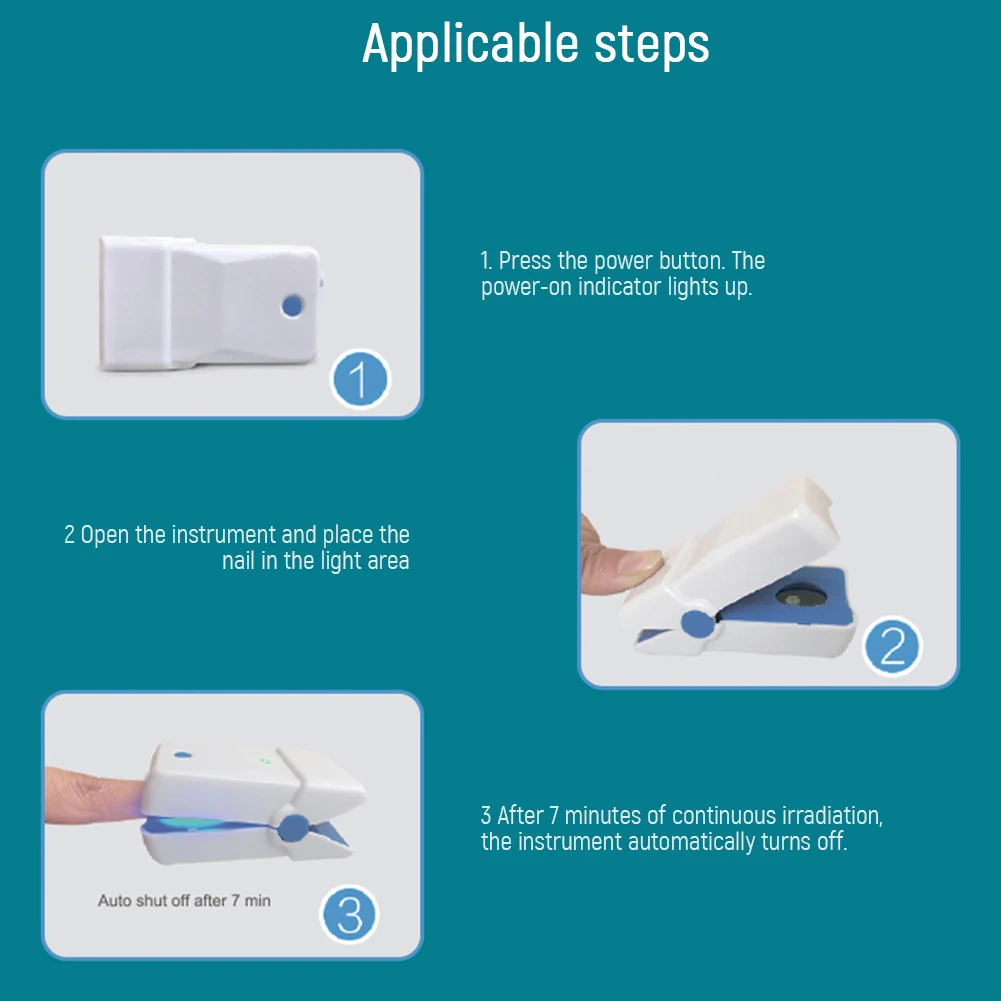
Alternative Methods for Stubborn Splinter Removal
Sometimes, traditional methods may not be effective in removing a particularly stubborn splinter. In such cases, alternative approaches can be employed to coax the splinter out of the skin safely.
Innovative Splinter Removal Techniques
- Baking soda paste: Mix baking soda with water to create a paste, apply to the affected area, cover with a bandage, and leave overnight. The paste may help draw the splinter to the surface.
- White glue method: Apply a thin layer of non-toxic white glue over the splinter area, let it dry completely, then peel off. The splinter may come out with the dried glue.
- Banana peel application: Place a small piece of banana peel (inner side down) on the splinter site and secure with a bandage. Leave for a few hours or overnight. The enzymes in the peel may help draw out the splinter.
- Hydrogen peroxide soak: Soak the affected area in hydrogen peroxide for a few minutes. This can help disinfect the area and may loosen the splinter.
- Tape extraction: Apply a piece of strong tape (like duct tape or packing tape) over the splinter, wait a few minutes, then pull off quickly. The splinter may stick to the tape and come out.
Do these alternative methods work for all types of splinters? While these methods can be effective for many splinters, their success may vary depending on the type, size, and depth of the splinter. It’s important to use these techniques gently and discontinue if they cause pain or irritation.

Aftercare and Infection Prevention Following Splinter Removal
Proper aftercare is essential to promote healing and prevent infection following splinter removal. By following these guidelines, you can ensure that the wound heals quickly and without complications.
Key Steps in Post-Splinter Removal Care
- Keep the area clean: Wash the site gently with soap and water at least once daily.
- Apply antibiotic ointment: Use a thin layer of over-the-counter antibiotic ointment to prevent infection.
- Cover the wound: Use a clean adhesive bandage to protect the area from dirt and bacteria.
- Change dressings regularly: Replace the bandage daily or whenever it becomes wet or dirty.
- Monitor for signs of infection: Check the area daily for increased redness, swelling, or discharge.
- Avoid picking or scratching: Let the wound heal naturally without interference.
- Keep the area dry: When bathing, try to keep the wound area dry if possible.
How long does it typically take for a splinter wound to heal? Most small splinter wounds heal within a few days to a week. However, larger or infected splinters may take longer to heal completely. If you notice no improvement or worsening symptoms after a few days, consult a healthcare professional.
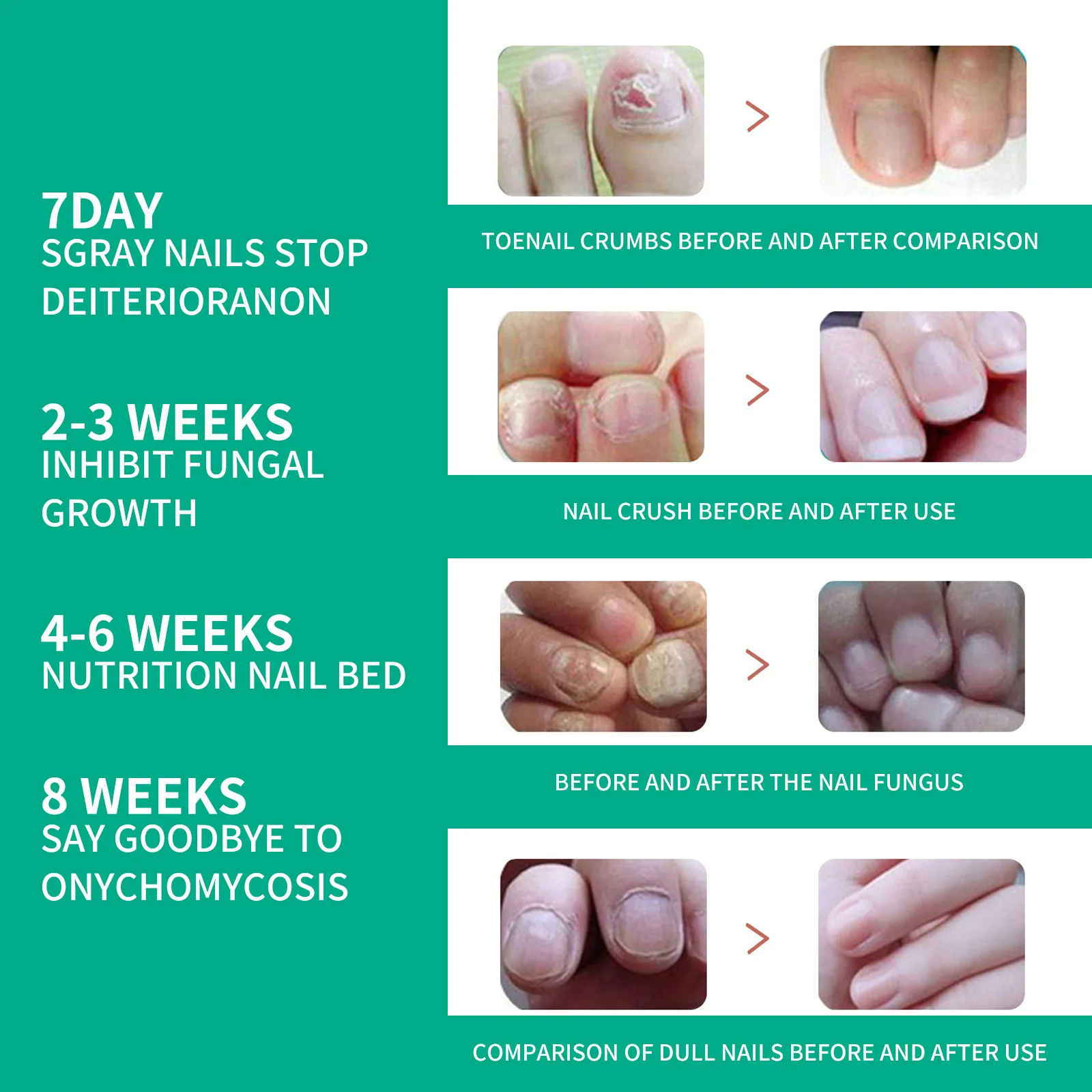
When to Seek Professional Medical Attention for Splinter Removal
While many splinters can be safely removed at home, there are situations where professional medical attention is necessary. Recognizing these scenarios is crucial to prevent complications and ensure proper treatment.
Indications for Seeking Medical Help
- Deep or large splinters that are difficult to grasp or remove
- Splinters near sensitive areas such as eyes, major blood vessels, or nerves
- Signs of severe infection, including fever, chills, or red streaks extending from the wound
- Splinters that break during removal attempts, leaving fragments behind
- Persistent pain or discomfort after attempted removal
- Splinters from potentially toxic materials (e.g., certain types of wood or plants)
- Inability to remove the splinter after multiple attempts
- History of tetanus or uncertainty about tetanus vaccination status
Is it possible for a splinter to cause serious health issues if left untreated? Yes, in rare cases, untreated splinters can lead to more serious health problems. These may include cellulitis (a bacterial skin infection), sepsis (a life-threatening systemic infection), or tetanus (if the splinter introduced Clostridium tetani bacteria). Prompt attention to splinters, especially those showing signs of infection, is important to prevent these complications.

Preventive Measures: Reducing the Risk of Splinter Injuries
While it’s impossible to completely eliminate the risk of splinters, there are several precautions you can take to minimize the chances of encountering these painful intrusions. By adopting these preventive measures, you can significantly reduce the occurrence of splinter injuries in your daily life.
Effective Splinter Prevention Strategies
- Wear appropriate protective gear: Use gloves when handling rough materials or working with wood.
- Maintain wooden surfaces: Sand and seal wooden decks, furniture, and other surfaces regularly to prevent splinters.
- Be cautious with bare feet: Wear shoes or sandals when walking on wooden decks or in areas with potential splinter hazards.
- Inspect and repair tools: Check wooden handles on tools for signs of splintering and replace or repair as needed.
- Use caution with glass and metal: Handle broken glass or sharp metal objects with care, using protective equipment when necessary.
- Teach children about splinter risks: Educate children about potential splinter sources and how to avoid them.
- Keep work areas clean: Regularly clean up wood shavings, metal filings, or other debris that could cause splinters.
- Use proper techniques: When working with materials prone to splintering, use appropriate tools and techniques to minimize risk.
Can certain occupations increase the risk of splinter injuries? Yes, some professions have a higher risk of splinter injuries. These include carpenters, construction workers, gardeners, and others who frequently work with wood, metal, or other materials prone to splintering. In these occupations, strict adherence to safety protocols and use of protective equipment is especially important.
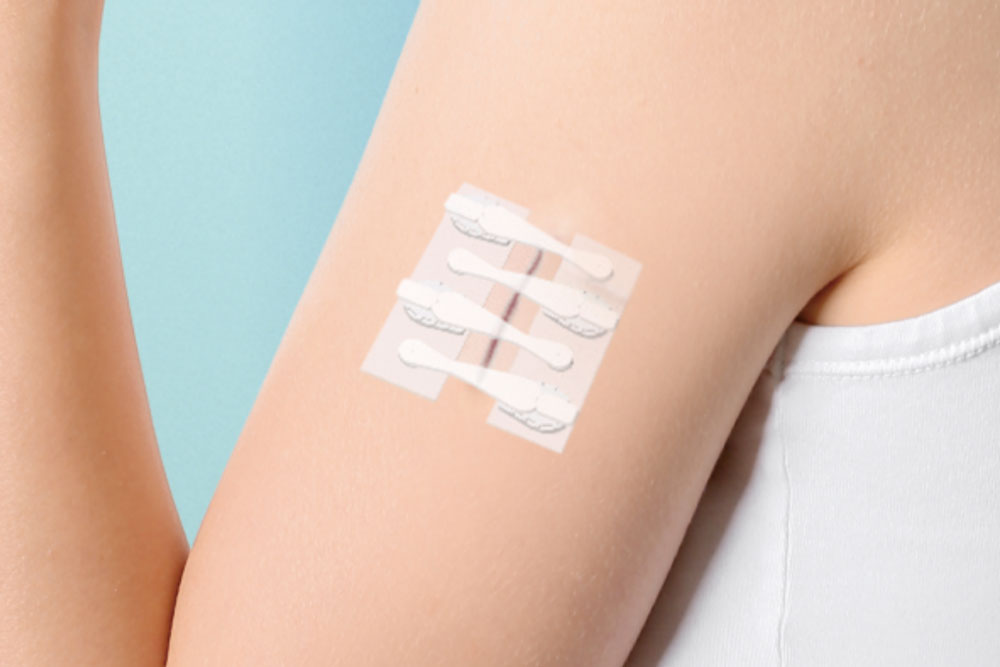
How to remove a splinter
Diseases & conditions
-
Coronavirus Resource Center
-
Acne
-
Eczema
-
Hair loss
-
Psoriasis
-
Rosacea
-
Skin cancer
-
A to Z diseases
-
A to Z videos
- DIY acne treatment
- How dermatologists treat
- Skin care: Acne-prone skin
- Causes
- Is it really acne?
- Types & treatments
- Childhood eczema
- Adult eczema
- Insider secrets
- Types of hair loss
- Treatment for hair loss
- Causes of hair loss
- Hair care matters
- Insider secrets
- What is psoriasis
- Diagnosis & treatment
- Skin, hair & nail care
- Triggers
- Insider secrets
- What is rosacea
- Treatment
- Skin care & triggers
- Insider secrets
- Types and treatment
- Find skin cancer
- Prevent skin cancer
- Raise awareness
- Español
Featured
Reduce summertime rosacea flare-ups
The sun, heat, and humidity can all trigger rosacea and lead to flare-ups. Find out how you can enjoy summer while reducing flare-ups.
Find out how you can enjoy summer while reducing flare-ups.
JAK inhibitors: A newer type of medication
JAK inhibitors are helping patients with alopecia areata, eczema/atopic dermatitis, psoriasis, and vitiligo. Here’s what you need to know.
Everyday care
-
Skin care basics
-
Skin care secrets
-
Injured skin
-
Itchy skin
-
Sun protection
-
Hair & scalp care
-
Nail care secrets
- Basic skin care
- Dry, oily skin
- Hair removal
- Tattoos and piercings
- Anti-aging skin care
- For your face
- For your skin routine
- Preventing skin problems
- Bites & stings
- Burns, cuts, & other wounds
- Itch relief
- Poison ivy, oak & sumac
- Rashes
- Shade, clothing, and sunscreen
- Sun damage and your skin
- Aprenda a proteger su piel del sol
- Your hair
- Your scalp
- Nail care basics
- Manicures & pedicures
Featured
Practice Safe Sun
Everyone’s at risk for skin cancer.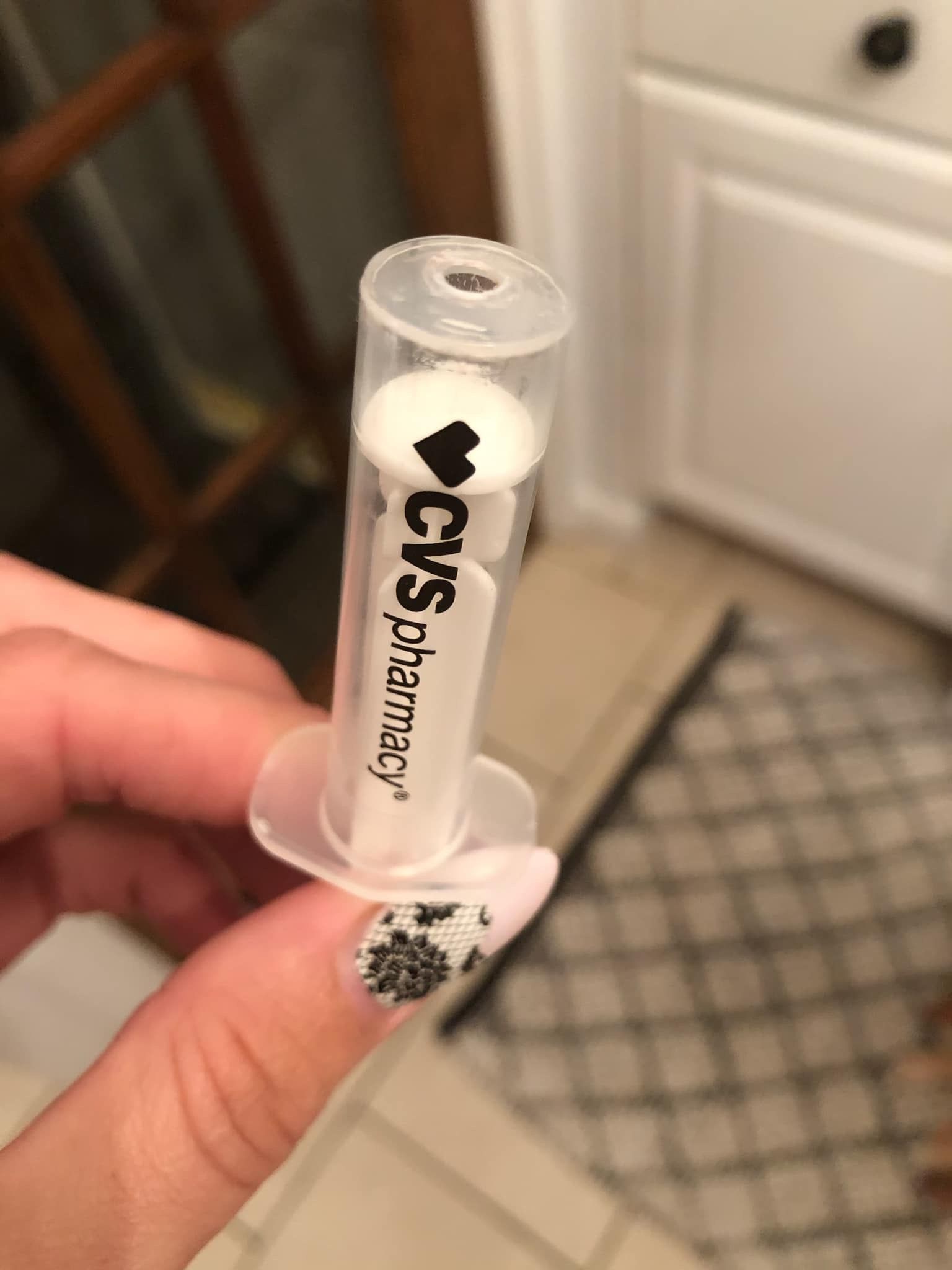 These dermatologists’ tips tell you how to protect your skin.
These dermatologists’ tips tell you how to protect your skin.
Relieve uncontrollably itchy skin
Find out what may be causing the itch and what can bring relief.
Darker Skin Tones
-
Skin care secrets
-
Hair care
-
Hair loss
-
Diseases & Conditions
- Acne
- Dark spots
- Dry skin
- Light spots
- Razor bumps
- Caring for Black hair
- Scalp psoriasis
- Weaves & extensions
- Central centrifugal cicatricial alopecia
- Frontal fibrosing alopecia
- Hairstyles that pull can cause hair loss
- Acanthosis nigricans
- Acne keloidalis nuchae
- Hidradenitis suppurativa
- Keloid scars
- Lupus and your skin
- Sarcoidosis and your skin
- Skin cancer
- Vitiligo
- More diseases & conditions
Featured
Fade dark spots
Find out why dark spots appear and what can fade them.
Untreatable razor bumps or acne?
If you have what feels like razor bumps or acne on the back of your neck or scalp, you may have acne keloidalis nuchae. Find out what can help.
Cosmetic treatments
-
Your safety
-
Age spots & dark marks
-
Cellulite & fat removal
-
Hair removal
-
Scars & stretch marks
-
Wrinkles
-
Younger-looking skin
Featured
Laser hair removal
You can expect permanent results in all but one area. Do you know which one?
Do you know which one?
Scar treatment
If you want to diminish a noticeable scar, know these 10 things before having laser treatment.
Botox
It can smooth out deep wrinkles and lines, but the results aren’t permanent. Here’s how long botox tends to last.
Public health programs
-
Skin cancer awareness
-
Free skin cancer screenings
-
Kids’ camp
-
Good Skin Knowledge
-
Shade Structure grants
-
Skin Cancer, Take a Hike!™
-
Awareness campaigns
-
Flyers & posters
-
Get involved
- Lesson plans and activities
- Community grants
Featured
Free materials to help raise skin cancer awareness
Use these professionally produced online infographics, posters, and videos to help others find and prevent skin cancer.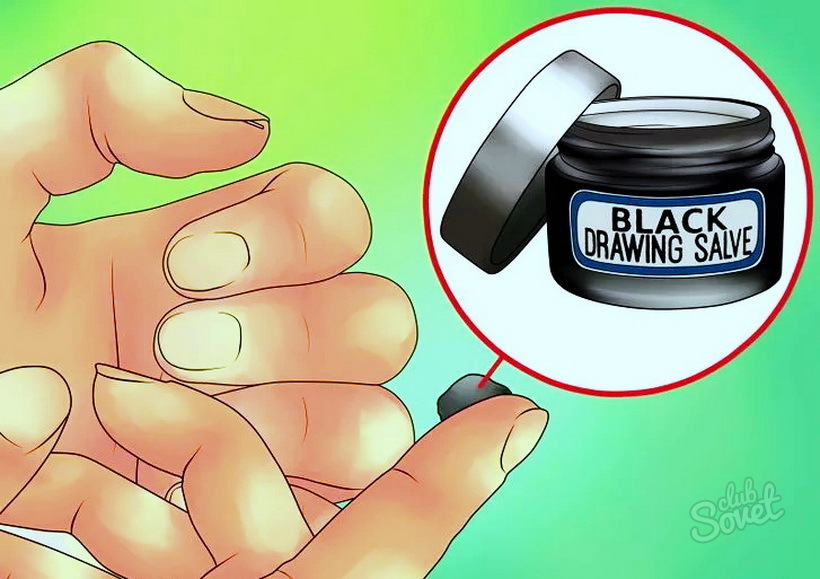
Dermatologist-approved lesson plans, activities you can use
Free to everyone, these materials teach young people about common skin conditions, which can prevent misunderstanding and bullying.
Find a dermatologist
-
Find a dermatologist
-
What is a dermatologist?
-
FAAD: What it means
-
How to select a dermatologist
-
Your digital health
-
Prior authorization
-
Dermatologists team up to improve patient care
- Finding accurate health information
- Health apps
- Wearable medical devices
- Telemedicine
- Protect your information
Featured
Find a Dermatologist
You can search by location, condition, and procedure to find the dermatologist that’s right for you.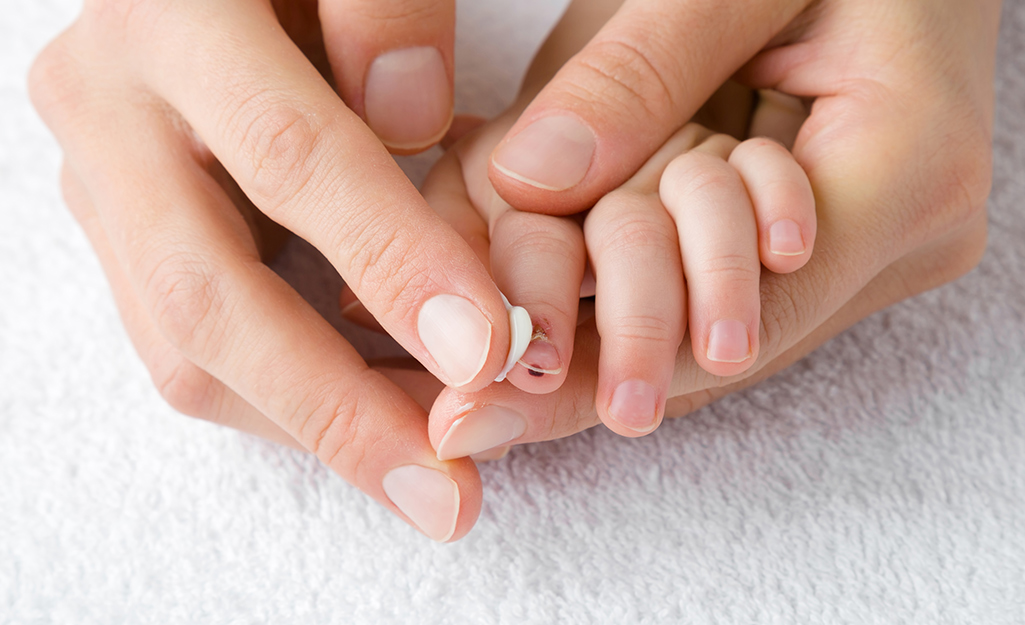
What is a dermatologist?
A dermatologist is a medical doctor who specializes in treating the skin, hair, and nails. Dermatologists care for people of all ages.
6 Creative Ways to Painlessly Remove a Splinter
Find and book appointments for:
Written by Michael Barber on Aug 28, 2022
Medically reviewed by Dr. Rob Rohatsch, MD
Estimated reading time: 4 minutes
Key Points
- Don’t try to “squeeze” splinters out. You’ll risk splitting the splinter into parts which will make it much more difficult to remove.
- Most splinters can be taken care of at home with the good old tweezers and needle approach.
- If you’re feeling iffy or suspect that the wound may be infected, book a visit with an urgent care center to have an expert take care of it.
Splinters are a huge bummer. At best, they’re irritating. At worst, they can get infected and turn into a much bigger issue. Luckily, there are a number of ways to quickly and painlessly remove a splinter at home. Below are some tips for how to remove a splinter yourself.
Luckily, there are a number of ways to quickly and painlessly remove a splinter at home. Below are some tips for how to remove a splinter yourself.
But first, here’s what not to do when removing a splinter
Don’t try to “squeeze” it out. You’ll risk splitting the splinter into parts which will make it much more difficult to remove. Also, it’s best not to try to remove certain kinds of splinters at home. If the splinter is very large, deep, infected, or located on or near your eye, it will likely require medical attention. Splinters that go straight into the skin are also notoriously tricky to remove by yourself. If any of these things are going on, make an appointment at your local urgent care center and they’ll fix you right up.
Key Points
- Don’t try to “squeeze” splinters out. You’ll risk splitting the splinter into parts which will make it much more difficult to remove.
- Most splinters can be taken care of at home with the good old tweezers and needle approach.

- If you’re feeling iffy or suspect that the wound may be infected, book a visit with an urgent care center to have an expert take care of it.
Splinters are a huge bummer. At best, they’re irritating. At worst, they can get infected and turn into a much bigger issue. Luckily, there are a number of ways to quickly and painlessly remove a splinter at home. Below are some tips for how to remove a splinter yourself.
But first, here’s what not to do when removing a splinter
Don’t try to “squeeze” it out. You’ll risk splitting the splinter into parts which will make it much more difficult to remove. Also, it’s best not to try to remove certain kinds of splinters at home. If the splinter is very large, deep, infected, or located on or near your eye, it will likely require medical attention. Splinters that go straight into the skin are also notoriously tricky to remove by yourself. If any of these things are going on, make an appointment at your local urgent care center and they’ll fix you right up.
How to Get a Splinter Out
A tried and true way to remove a splinter: tweezers and a needle
Most splinters can be taken care of at home with the good old tweezers and needle approach. But remember, it’s best to deal with a splinter right away. You don’t want it to burrow deeper into the skin or get infected.
The first step is to clean the area (with soap and water) and your tools (you can clean tweezers and the needle with rubbing alcohol).
Then, inspect the splinter to see which direction it entered the skin and whether a portion of it is poking out or not. A magnifying glass is super helpful here (and a good thing to have in your first aid kit).
If a section of the splinter is visible, use the tweezers to pull it out the same way it went in.
If the entire splinter is embedded in the skin, however, you’ll need that small needle.
Gently pierce the surface of the skin at one end of the splinter. Keep lightly pushing out part of the splinter until you can see the tip. Then use your tweezers to remove it.
Then use your tweezers to remove it.
After you’re done, clean the area again, apply petroleum jelly, and bandage it up until it heals.
How to get a splinter out without tweezers
Tweezer method not working? Not a problem. We’ve got six more creative, easy ways to remove that pesky splinter.
1. Pull it off with duct tape
Sticky tape (like duct tape) can work wonders to remove shallow splinters. Cover the tip of a splinter with a small piece of tape and leave it on for 30 minutes. Then slowly remove the tape in the opposite direction that the splinter entered the skin. The tape should stick to the end of the splinter and pull it free as you peel the tape away. Pro tip: soak the area in water first to soften the skin.
2. Cover it with baking soda paste
Make a paste using one tablespoon of baking soda and one tablespoon of water. Cover the skin around the splinter with the paste. Then, put a bandage over the area and leave it alone for at least 24 hours.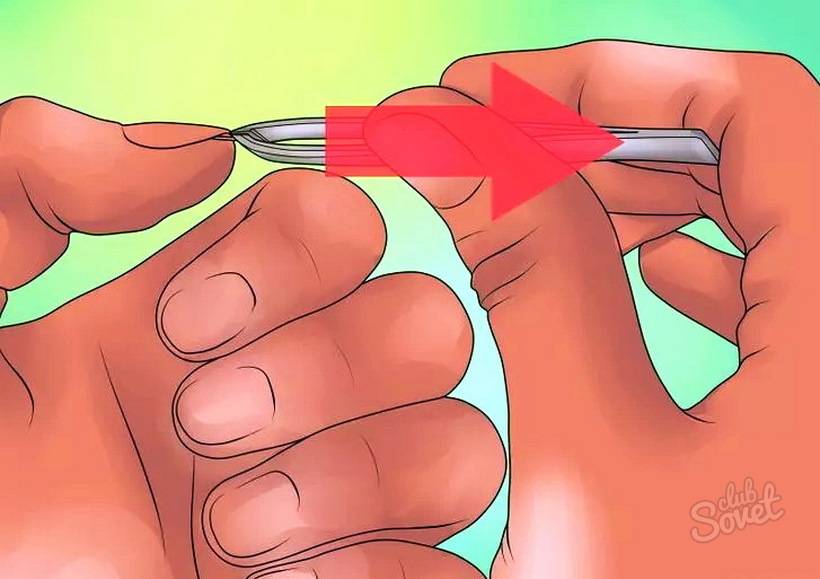 The baking soda solution should work to pull the splinter up to the surface, making it easier to pull out with tweezers easily and painlessly.
The baking soda solution should work to pull the splinter up to the surface, making it easier to pull out with tweezers easily and painlessly.
3. Peel it away with glue
Elmer’s glue can also come to the rescue in splinter situations. Simply cover the area of skin around the splinter with glue and let it dry completely (it won’t work if it’s still wet). Once the glue is dry, peel it off. It should come out quickly when you peel away the glue. This method is best used if the splinter is small and near the surface.
4. Use hydrogen peroxide to pop it out
Pour a little hydrogen peroxide over the affected area. As the peroxide bubbles, it will move the splinter closer towards the surface. In just a few minutes, the peroxide can pop the splinter completely out of the skin, without any pain. This method can work on large splinters but may be less effective if the splinter is too deep. Don’t have any hydrogen peroxide laying around? Try white vinegar instead.
5.
 Soak it in epsom salts
Soak it in epsom salts
Epsom salt baths are miracle workers for a number of ailments, including splinters. They can help draw those deep splinters closer to the surface. Just dissolve a cup of the salts into a warm bath and soak the affected area. You can also put some salts on a bandage pad and leave it on your skin for the day. The salts will work to bring the splinter up to a tweezable location.
6. Try banana peels or sliced potatoes
Some people swear by potatoes or banana peels for their splinter removal abilities. Tape a slice of a potato or a portion of a ripe banana peel over the splinter area. The enzymes will go to work to soften your skin, helping to move the splinter towards the surface. Leave it on for a few hours, or better yet, overnight. Hopefully by morning, the splinter will rise to the surface where you can pull it out with tweezers. If it doesn’t work after one night, replace the peel or slice and keep it on for another day.
Getting a splinter out doesn’t have to be a painful process. Depending on where the splinter is and how deep it goes, you may be able to get it out of your skin by yourself. However, if you’re feeling iffy or suspect that the wound may be infected, take out the guesswork and book an appointment at one of Solv’s urgent care centers.
Depending on where the splinter is and how deep it goes, you may be able to get it out of your skin by yourself. However, if you’re feeling iffy or suspect that the wound may be infected, take out the guesswork and book an appointment at one of Solv’s urgent care centers.
Frequently asked questions
What happens if you don’t remove a splinter?
It’s best to take care of a splinter right away. The skin doesn’t “absorb” it. If left alone, the splinter may eventually work its way out, but it also might become infected. The skin could also heal over the splinter, making it much more difficult to remove down the line. If your splinter is big or infected, or if you do not feel comfortable trying to remove it yourself, you can visit an urgent care near you to remove it safely for you.
Can I remove a splinter without tweezers?
If a splinter is small, close to the surface, and has an end sticking out of the skin, you can try to use sticky tape (like duct tape) to remove it.
 Place a small piece of tape over the splinter, leave it on for 30 minutes, and then slowly peel back the tape in the opposite direction that it entered the skin.
Place a small piece of tape over the splinter, leave it on for 30 minutes, and then slowly peel back the tape in the opposite direction that it entered the skin.How do I remove a deep splinter?
If you can see any part of the splinter above the surface of your skin, you can try removing it with tweezers. If you can’t see the tip, you can try several at-home methods to try to draw the splinter to the surface of the skin including an epsom salt soak, banana peels or potatoes, a baking soda paste, or vinegar. Once the deep splinter has reached the skin’s surface, it may be easier to remove with tweezers and a needle.
How do I remove a splinter under my fingernail?
See if you can cut the nail back enough so that you can remove the splinter with tweezers. If the splinter is deeper under the nail, you can use clippers to trim a v-shape in the nail to open it up further and allow tweezers better access. Once the splinter is out, wash the area with soap and water, apply an antibiotic ointment, then a bandage.
 If you are unable to get to the splinter this way, make an urgent care appointment.
If you are unable to get to the splinter this way, make an urgent care appointment.Should I go to the doctor if I can’t get my splinter out?
Yes. Most urgent care centers can take care of difficult splinters right away. You should seek medical care if the splinter won’t come out, if it’s on or near the eye, or if it’s looking infected. Signs that a splinter is infected include increased pain or redness, hardened skin, a white or yellow discharge, an associated fever or swollen lymph nodes, or red streaking from the affected area.
Written by Michael Barber|Aug 28, 2022
Michael is an experienced healthcare marketer and father of two. He has worked alongside healthcare leaders at Johns Hopkins, Cleveland Clinic, St. Luke’s, Baylor Scott and White, HCA, and many more, and currently leads growth marketing at Solv.
Medically reviewed by Dr. Rob Rohatsch, MD|Updated on Apr 11, 2023
Dr. Rob Rohatsch currently serves as Chief Medical Officer for Solv Health. Dr. Rohatsch brings his extensive background in multi-site ambulatory medicine operations, on-demand healthcare, and consumerism to Solv, where he helps drive strategic initiatives in a cross functional executive role. He brings comprehensive healthcare expertise ranging from medical group operations to revenue cycle management and clinical expertise.
Dr. Rohatsch brings his extensive background in multi-site ambulatory medicine operations, on-demand healthcare, and consumerism to Solv, where he helps drive strategic initiatives in a cross functional executive role. He brings comprehensive healthcare expertise ranging from medical group operations to revenue cycle management and clinical expertise.
Dr. Rohatsch completed his military service in the US Air Force and earned his MD from Jefferson Medical College of Thomas Jefferson University. Dr. Rohatsch served on the Yale School of Medicine faculty teaching at the medical school and is currently on faculty at the Haslam School of Business at the University of Tennessee teaching in the Executive MBA Program. He also serves on several boards and chairs The TJ Lobraico Foundation.
- kids
- pediatrics
- family
Check your symptoms
Find possible causes of symptoms and get recommendations on what to do next.
It’s fast FREE and confidential.
Get started
Hot Topics for Men’s Health Month
Men are more likely to die from preventable health conditions than women, according to the World Health…
Norovirus stomach flu spike: How to stay healthy and prevent its sp…
Norovirus, commonly known as the ‘stomach bug’, ‘stomach flu’, or the ‘winter vomiting bug’ rears its ugly head…
4 Valentine’s Day Gifts That Make Your Heart Healthy
For most couples, Valentine’s Day is a day to commemorate and celebrate love. So it may be no surprise that a…
How to Remove a Tick
Whether you’re an outdoor adventurer, a pet owner, or you live in specific regions of the United States, you…
Health Effects of Daylight Savings and Falling Back
Daylight savings requires us to “spring forward” in the spring and lose an hour of sleep, and “fall back” in…
Dating Etiquette in the Omicron Era
In the best of times, dating can feel hard. But for many people, dating through a global pandemic has been…
But for many people, dating through a global pandemic has been…
How to manage your diabetes in a COVID-19 world
You may have found yourself walking a mental tightrope while living with diabetes during the pandemic. Should…
2021 Thanksgiving Survival Guide
Yes, Thanksgiving can be warm, fuzzy, and fabulous. But veer off the self-care rails, and it’s a landmine….
7 Marathons, 7 Continents, 7 Days: Thriving with Type 1 Diabetes
Running a marathon isn’t easy. But running seven marathons on seven continents in seven days — with type 1…
At-home Tips for Diabetes Self-Care
Diabetes is a chronic condition that requires careful management to prevent complications including kidney…
Featured articles
- Sick kids? Solv has your back with pediatric care
- Flu season 2022 may be bad, experts warn. Are you prepared?
- Think you may have monkeypox? Here’s what to do.
- Monkeypox and kids: As cases rise, should parents worry?
- Back to School 2022: Tips to protect your kids from Omicron BA.
 5
5 - 6 Things to know about Omicron BA.4 and BA.5. The latest COVID variants are spreading faster with more breakthrough infections.
- COVID vaccines for small children: Do kids under 5 need them? All you need to know
- When to get checked: A guide to men’s preventive health (including timelines and screenings)
- Getting back to health: your checklist for 2022
- Protecting Your Kids with the COVID-19 Vaccine
- Parent Tips for a “no burn-out, no bummer” summer with kids
- Omicron BA.2 ‘stealth’ variant: Do you need to worry about the dominant strain sweeping across the U.S?
- COVID Etiquette Tips: How to Plan Stress-free Springtime Gatherings
- People Are Saying COVID Could Become “Endemic” But What Does That Mean?
- Health Effects of Daylight Savings and Falling Back
- April Showers and May Flowers: What You Need to Know About Allergy Season
- Dating Etiquette in the Omicron Era
- The New COVID-19 Pills: How do they work and where can you get them?
- Positive for COVID? 7 tips for taking care of yourself at home with Omicron
- 2022 Resolutions for COVID’s 3rd Year
- Omicron 101: Everything you need to know to stay safe
- 7 Marathons, 7 Continents, 7 Days: Thriving with Type 1 Diabetes
- How to Talk to Young Kids About the COVID Vaccine: Tips from a Pediatrician
- At-home Tips for Diabetes Self-Care
Check your symptoms
Find possible causes of symptoms and get recommendations on what to do next.
It’s fast FREE and confidential.
Start symptom checker
Removal of foreign bodies of the skin and subcutaneous tissue, primary surgical treatment of wounds
Search…
| ||||||
Sign up in 1 click
Sign up in 1 click
What will happen if you do not pull out the splinter
Likbez
Health
October 19, 2022
It depends on what kind of splinter and where it is.
What will happen if the splinter is not removed
Any foreign body irritates our tissues: the body tries to fight the foreigner, so inflammation begins. The skin around the splinter turns red, the wound swells and hurts.
Everything will be even worse if microbes penetrate the skin along with a chip or a splinter. True, the material matters here: due to more contaminated “live” splinters, for example, wood chips and plant thorns, the infection joins faster than due to “non-living” ones – metal shavings or glass fragments.
In what cases can a splinter not be pulled out? This applies to cases where the wound is very small, painless, does not cause discomfort, and the fragment is close to the surface of the skin. Then it makes sense to wait a bit.
But with some splinters, it is better to leave independent attempts and go to the emergency room.
What kind of splinters should you bring to the emergency room?
Sometimes even a small splinter can lead to serious inflammation. You will definitely need a doctor’s help if:
You will definitely need a doctor’s help if:
- a splinter has got into the skin near the eye or under the nail;
- there are signs of infection such as redness, fever at the site, white or yellow discharge from the wound;
- the splinter has entered perpendicular to the skin surface and only a small dot is visible;
- the splinter is deep or broken when trying to remove it;
- it could not be pulled out in 10-15 minutes.
How to pull a splinter out yourself
Other splinters, pieces of glass and other foreign particles can be pulled out by yourself. To do this, you need:
- wash your hands;
- wash the splinter with tap water and soap;
- soak the needle and tweezers with boiling water or alcohol, or place the tips of the instruments on fire for a few seconds;
- carefully pick up the splinter with a tool and pull it out;
- wash the wound again;
- if desired, apply an ointment with antibiotics or healing agents;
- tape if necessary.



 Place a small piece of tape over the splinter, leave it on for 30 minutes, and then slowly peel back the tape in the opposite direction that it entered the skin.
Place a small piece of tape over the splinter, leave it on for 30 minutes, and then slowly peel back the tape in the opposite direction that it entered the skin. If you are unable to get to the splinter this way, make an urgent care appointment.
If you are unable to get to the splinter this way, make an urgent care appointment. 5
5 They can be very different – metal, wood, plastic, etc. It can also be both whole objects (nails, needles, etc.) and particles (chips, fragments, etc.). In some cases, if these bodies do not lie too deep, they are tried to be removed on their own at home. Note that in many cases, such manipulations are dangerous, since there is a significant risk of infection in the wound. It is necessary to contact medical institutions where the surgeon will perform the removal of foreign bodies, perform primary surgical treatment and other manipulations that will prevent the development of any complications.
They can be very different – metal, wood, plastic, etc. It can also be both whole objects (nails, needles, etc.) and particles (chips, fragments, etc.). In some cases, if these bodies do not lie too deep, they are tried to be removed on their own at home. Note that in many cases, such manipulations are dangerous, since there is a significant risk of infection in the wound. It is necessary to contact medical institutions where the surgeon will perform the removal of foreign bodies, perform primary surgical treatment and other manipulations that will prevent the development of any complications.
